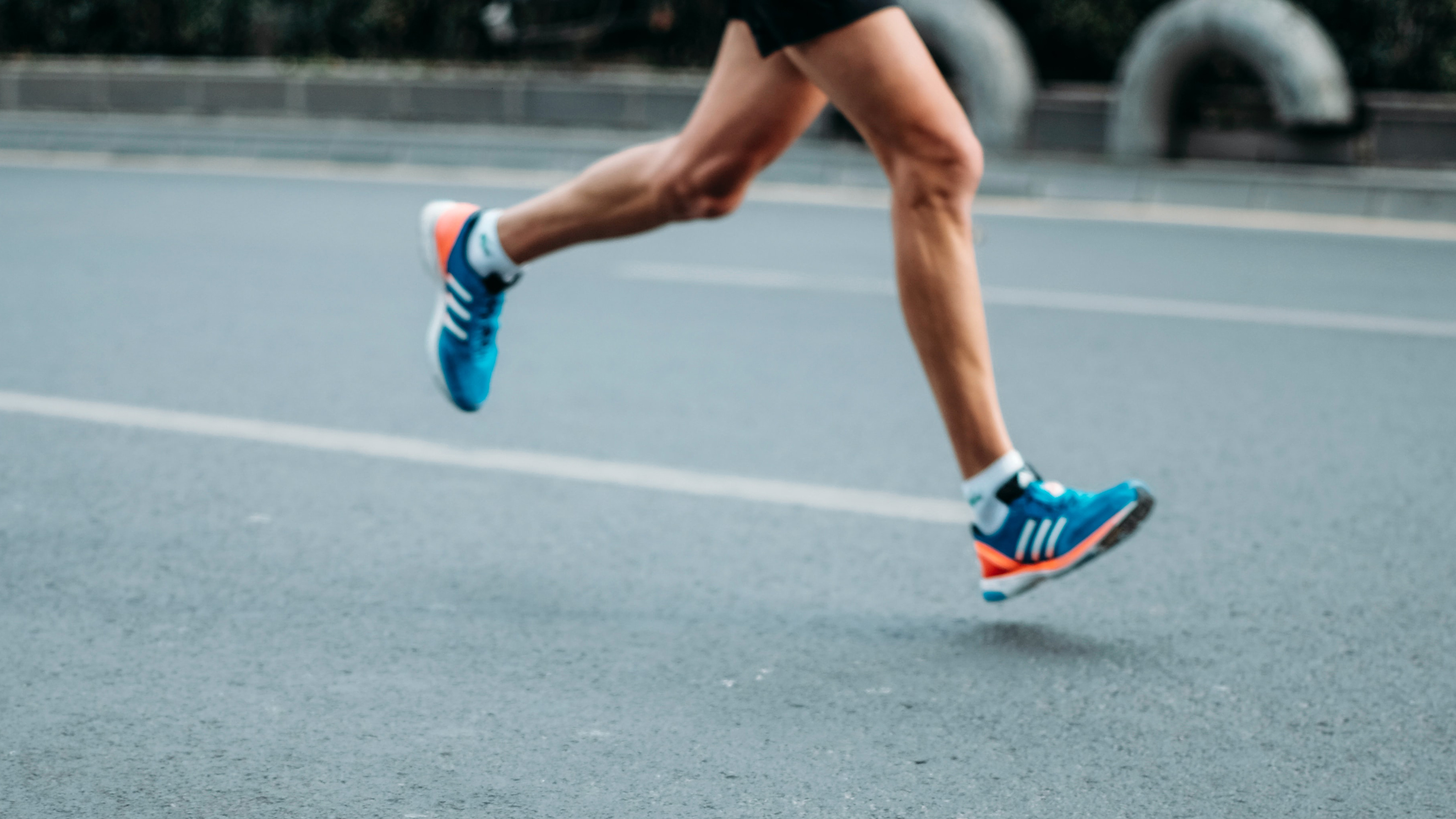How COVID-19 created a new generation of runners
Gyms closing as a result of COVID-19 means there are almost 30% more people running now than before the pandemic


As gyms, bars, shops and restaurants closed as a result of the COVID-19 pandemic, people all over the world had to find a new, safe way to spend their time. The solution? Running. It's outdoors, so it's relatively safe to do during COVID, it's easy to get started (just a set of comfortable clothes and the best running shoes for men or best running shoes for women would do) and it provides a welcome sense of movement for people stuck in their houses all the time.
For all the above reasons, and many more, people have taken to running like ducks to water. The world's pavements and sidewalks have suddenly become chock-a-block with bright lycra and brighter shoes.
Running shoe review website RunRepeat polled a sizeable sample of UK runners – 3,961 – and found a surprising 28.76% of them were new runners, who had started during the pandemic. People could run for mental health reasons, to be sociable by running with their friends, or get back into nature, but "physical health" was the primary motivation for 72% of new-pandemic runners, up 18.03% from the runners who were already at it before the pandemic.

That's no surprise – there's nothing quite like a pandemic to get people thinking about their health, especially with a disease like COVID which overweight people are considered "vulnerable" towards. Running is a fantastic way to get active: it burns calories, increases cardiovascular fitness and develops muscles in your glutes, calves and quads.
However, if road-running isn't your bag and your local gym has been closed, you could still grab a top cardio machine like one of the best treadmill models in this list. While you won't get outside, treadmills allow you to really focus on the gradients and speed of your run, replicating conditions in a controlled environment to ensure you can tweak your workouts as you see fit.
Treadmill belts are also much softer than concrete, making them ideal for those with weak joints prone to impact, as one study found treadmills exert lower pressure on your feet and joints than roads or grass. However, running outdoors has proven benefits for both physical and mental health, especially if you can run near nature: one study found exposure to green space reduced the risk of cardiovascular disease and Type-2 diabetes, among other diseases.
Whether you're training on treadmills or pounding the pavement, either way: running has never been more popular.
Get the Fit&Well Newsletter
Start your week with achievable workout ideas, health tips and wellbeing advice in your inbox.
Matt Evans is an experienced health and fitness journalist and is currently Fitness and Wellbeing Editor at TechRadar, covering all things exercise and nutrition on Fit&Well's tech-focused sister site. Matt originally discovered exercise through martial arts: he holds a black belt in Karate and remains a keen runner, gym-goer, and infrequent yogi. His top fitness tip? Stretch.
-
 A Pilates instructor says this is the beginner-friendly core exercise everyone should try
A Pilates instructor says this is the beginner-friendly core exercise everyone should tryForget crunches, this is the perfect foundation move
By Alice Porter Published
-
 Prevent poor posture and release tension from sitting down with these four simple stretches from a yoga instructor
Prevent poor posture and release tension from sitting down with these four simple stretches from a yoga instructorThe daily poses he swears by, no matter what
By Alice Porter Published